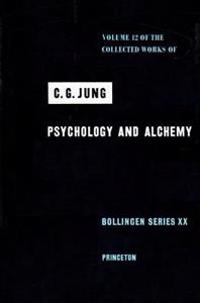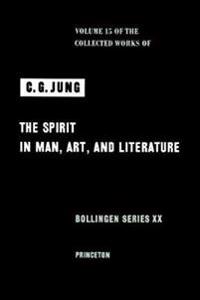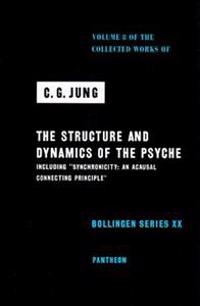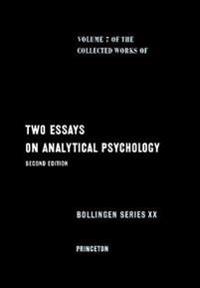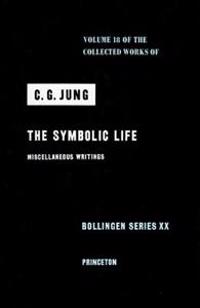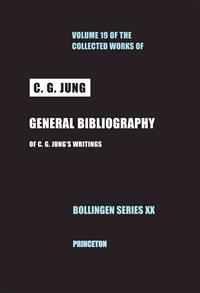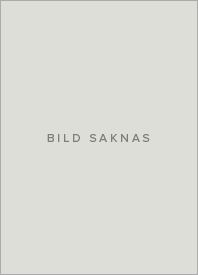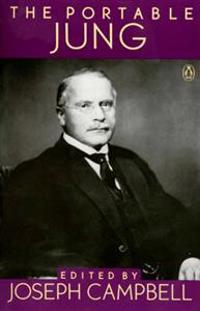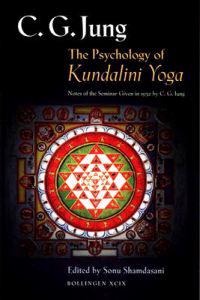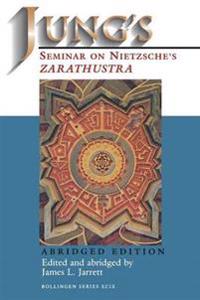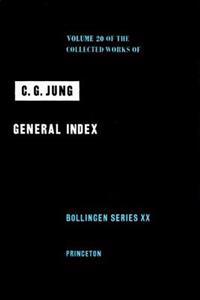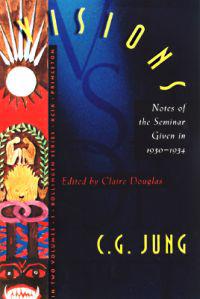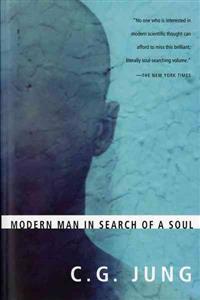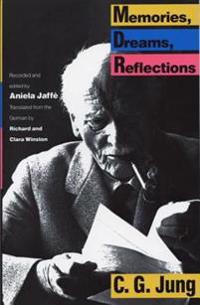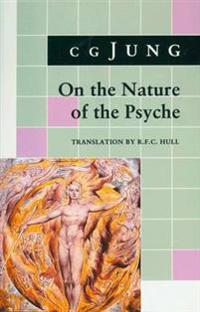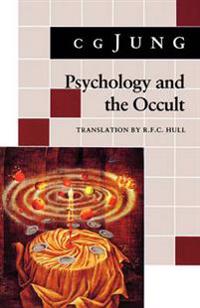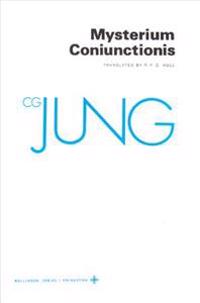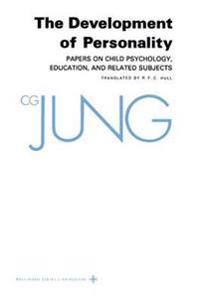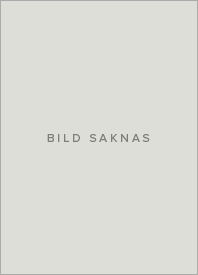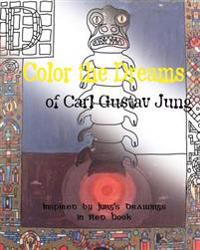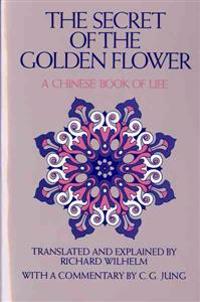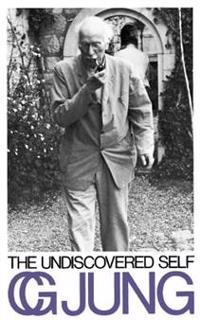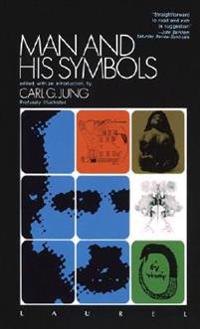Collected Works of C.G. Jung, Volume 12: Psychology and Alchemy (Inbunden)
avCarl Gustav Jung, C. G. Jung, William McGuire
ISBN: 9780691097718 - UTGIVEN: 196808A study of the analogies between alchemy, Christian dogma, and psychological symbolism. Revised translation, with new bibliography and index.[...]
Collected Works of C.G. Jung, Volume 15: Spirit in Man, Art, and Literature (Inbunden)
avCarl Gustav Jung, C. G. Jung, Michael Fordham
ISBN: 9780691097732 - UTGIVEN: 196612Nine essays, written between 1922 and 1941, on Paracelsus, Freud, Picasso, the sinologist Richard Wilhelm, Joyce's Ulysses, artistic creativity generally, and the source of artistic creativity in archetypal structures.[...]
Collected Works of C.G. Jung, Volume 8: Structure & Dynamics of the Psyche (Inbunden)
avCarl Gustav Jung, C. G. Jung, Michael Fordham
ISBN: 9780691097749 - UTGIVEN: 197001A revised translation of one of the most important of Jung's longer works. The volume also contains an appendix of four shorter papers on psychological typology, published between 1913 and 1935.[...]
Collected Works of C.G. Jung, Volume 7: Two Essays in Analytical Psychology (Inbunden)
avCarl Gustav Jung, C. G. Jung, Adler Gerhard
ISBN: 9780691097763 - UTGIVEN: 1967-02Provides insight into the development of Jung's thought on the psychology of the unconscious and its relation to the ego[...]
Collected Works of C.G. Jung, Volume 18: The Symbolic Life: Miscellaneous Writings (Inbunden)
avCarl Gustav Jung, C. G. Jung, William McGuire
ISBN: 9780691098920 - UTGIVEN: 197702This volume is a miscellany of writings that Jung published after the Collected Works had been planned, minor and fugitive works that he wished to assign to a special volume, and early writings that came to light in the course of research.[...]
Collected Works of C.G. Jung, Volume 19: General Bibliography. (Revised Edition) (Inbunden)
avLisa Ress, Carl Gustav Jung, C. G. Jung
ISBN: 9780691098937 - UTGIVEN: 197904As a current record of all of C. G. Jung's publications in German and in English, this volume will replace the general bibliography published in 1979 as Volume 19 of the Collected Works of C. G. Jung. In the form of a checklist, this new volume records through 1990 the initial publication of each or[...]
C.G. Jung Letters, Volume 1 (Inbunden)
avCarl Gustav Jung, C. G. Jung, Aniela Jaffe
ISBN: 9780691098951 - UTGIVEN: 1992-06Beginning with Jung's earliest correspondence to associates of the psychoanalytic period and ending shortly before his death, the 935 letters selected for these two volumes offer a running commentary on his creativity. The recipients of the letters include Mircea Eliade, Sigmund Freud, Esther Hardin[...]
The Portable Jung (Häftad)
avCarl Gustav Jung, Joseph Campbell
ISBN: 9780140150704 - UTGIVEN: 197612This comprehensive collection of writings by the epoch-shaping Swiss psychoanalyst was edited by Joseph Campbell, himself the most famous of Jung's American followers. It comprises Jung's pioneering studies of the structure of the psyche--including the works that introduced such notions as the colle[...]
The Psychology of Kundalini Yoga: Notes of the Seminar Given in 1932 by C. G. Jung (Häftad)
avCarl Gustav Jung, Sonu Shamdasani
ISBN: 9780691006765 - UTGIVEN: 199907"Kundalini yoga presented Jung with a model of something that was almost completely lacking in Western psychology--an account of the development phases of higher consciousness.... Jung's insistence on the psychogenic and symbolic significance of such states is even more timely now than then. As R. D[...]
Jung's Seminar on Nietzsche's "Zarathustra": (Abridged Edition) (Häftad)
avCarl Gustav Jung, James L. Jarrett
ISBN: 9780691017389 - UTGIVEN: 199711Nietzsche's infamous work "Thus Spake Zarathustra" is filled with a strange sense of religiosity that seems to run counter to the philosopher's usual polemics against religious faith. For some scholars, this book marks little but a mental decline in the great philosopher; for C. G. Jung, "Zarathustr[...]
Collected Works of C.G. Jung, Volume 20: General Index (Inbunden)
avGerhard Adler, Barbara Forryan, Carl Gustav Jung
ISBN: 9780691098678 - UTGIVEN: 1979-04An exceptionally comprehensive index by paragraph numbers. Certain subjects are treated in separate sub-indexes within the General Index. These include alchemy, animals, the Bible, colors, Freud, Jung, and numbers.[...]
Visions: Notes of the Seminar Given in 1930-1934 by C. G. Jung (Inbunden)
avCarl Gustav Jung, Claire Douglas, Claire Douglas
ISBN: 9780691099712 - UTGIVEN: 1997-12For C. G. Jung, the beautiful and gifted 28-year-old Christiana Morgan was an inspirational and confirming force whose path in self-analysis paralleled his own quest for self-knowledge. By teaching Morgan the trance-like technique of active imagination, Jung launched her on a pilgrimage of archetypa[...]
Modern Man in Search of a Soul, (Häftad)
avCarl Gustav Jung, C. G. Jung
ISBN: 9780156612067 - UTGIVEN: 195508The Swiss psychologist discusses such aspects of analytical psychology as dream analysis and the primitive unconscious[...]
Memories, Dreams, Reflections (Häftad)
avCarl Gustav Jung, C. G. Jung, Aniela Jaffe
ISBN: 9780679723950 - UTGIVEN: 198904An autobiography put together from conversations, writings and lectures with Jung's cooperation, at the end of his life.[...]
On the Nature of the Psyche: (From Collected Works Vol. 8) (Häftad)
avCarl Gustav Jung, C. G. Jung, G. Adler
ISBN: 9780691017518 - UTGIVEN: 1969-06Extracted from Volume 8. Includes the title essay and "On Psychic Energy."
Psychology and the Occult: (From Vols. 1, 8, 18 Collected Works) (Häftad)
avCarl Gustav Jung, C. G. Jung, G. Adler
ISBN: 9780691017914 - UTGIVEN: 1978-01Extracted from Volumes 1, 8, and 18. Includes Jung's Foreword to Phenomenes Occultes (1939), "On the Psychology and Pathology of So-called Occult Phenomena," "The Psychological Foundations of Belief in Spirits," "The Soul and Death," "Psychology and Spiritualism," "On Spooks: Heresy or Truth?" and F[...]
Mysterium Coniunctionis (Häftad)
avCarl Gustav Jung, C. G. Jung, Michael Fordham
ISBN: 9780691018164 - UTGIVEN: 197708The great psychologist provides a detailed account of the problems of philosophical alchemy and its central endeavor and symbols, relating them to his own psychological discoveries[...]
Development of Personality: Child Psychology, Education, and Related Subjects (Häftad)
avCarl Gustav Jung, C. G. Jung, Herbert Edward Read
ISBN: 9780691018386 - UTGIVEN: 198110Papers on child psychology, education, and individuation, underlining the overwhelming importance of parents and teachers in the genesis of the intellectual, feeling, and emotional disorders of childhood. The final paper deals with marriage as an aid or obstacle to self-realization.[...]
Nietzsche's Zarathustra: Notes of the Seminar Given in 1934-1939. Two Volumes (Inbunden)
avCarl Gustav Jung, C. G. Jung, James L. Jarrett
ISBN: 9780691099538 - UTGIVEN: 1988-09As a young man growing up near Basel, Jung was fascinated and disturbed by tales of Nietzsche's brilliance, eccentricity, and eventual decline into permanent psychosis. These volumes, the transcript of a previously unpublished private seminar, reveal the fruits of his initial curiosity: Nietzsche's [...]
Analytical Psychology: Its Theory and Practice (Pocket)
avCarl Gustav Jung, C. G. Jung
ISBN: 9780744800562 - UTGIVEN: 1986-09-11Based on the Tavistock Lectures of 1930, one of Jung's most accessible introductions to his work.
The Secret of the Golden Flower: A Chinese Book of Life (Häftad)
avRichard Wilhelm, Carl Gustav Jung, Tung-Pin Lu
ISBN: 9780156799805 - UTGIVEN: 197003The Undiscovered Self (Häftad)
avCarl Gustav Jung
ISBN: 9780316476942 - UTGIVEN: 1972-03Together for the first time in one paperback volume are two of Jung's major late works, in the version published in The Collected Works of C. G. Jung, as rendered by Jung's official translator. "The Undiscovered Self" (1957) integrates many of Jung's lifelong social and psychological concerns and ad[...]
Man and His Symbols (Pocket)
avCarl Gustav Jung, Yung
ISBN: 9780440351832 - UTGIVEN: 196808Illustrated throughout with revealing images, this is the first and only work in which the world-famous Swiss psychologist explains to the layperson his enormously influential theory of symbolism as revealed in dreams.[...]

